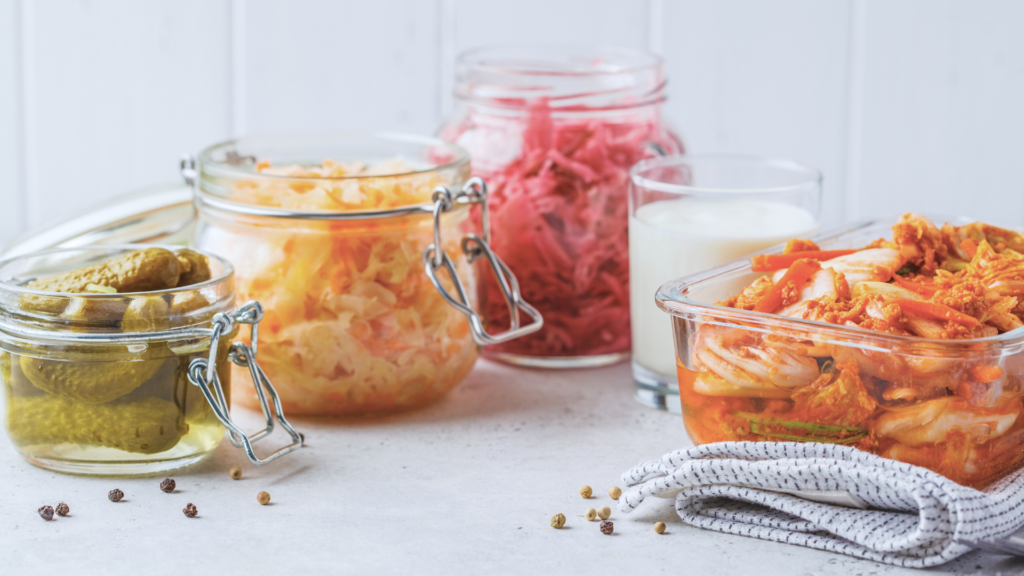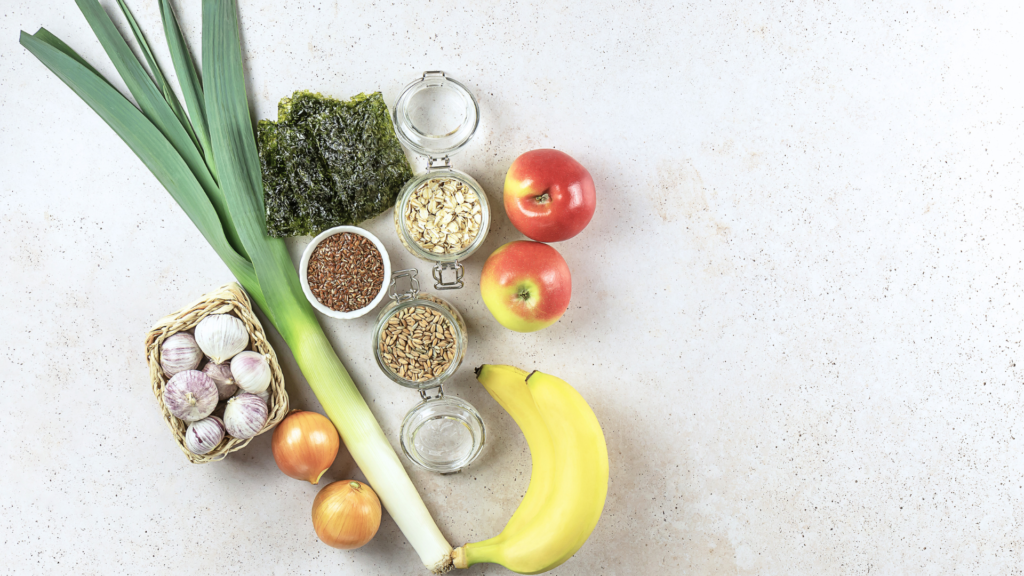Navigating the world of gut health can sometimes feel like walking through a maze with all its twists and turns. Among the terms that often cause confusion are “probiotics” and “prebiotics.” Though they sound similar, understanding their unique roles in maintaining gut health is essential to nurturing our body’s microbiome.
Probiotics: The Gut’s Beneficial Bacteria
Probiotics are live microorganisms that enrich our gut flora, aimed at boosting the population of beneficial bacteria in the gut microbiome. These tiny but mighty organisms play a crucial role in digestion, immune function, and even emotional health. Consuming probiotics through foods or supplements introduces beneficial strains like Acidophilus and Bifidobacteria directly into our system.
Prebiotics: Nourishment for Gut Bacteria
On the flip side, prebiotics are specialized plant fibers that act essentially as food for our gut’s beneficial bacteria. They help the good bacteria grow and flourish, creating a balanced environment in the gut microbiome. Prebiotics can be found in certain natural foods or as a component of dietary supplements, delivering fibers such as inulin, arabinogalactan, or fructooligosaccharides.
Probiotics and Prebiotics
While each has its unique benefits, together, probiotics and prebiotics create a synergistic effect that promotes a healthy and balanced gut microbiome. Incorporating both into your diet can lead to better gut health and, by extension, overall well-being.
Probiotic-Rich Foods to Consider:

Yogurt: A beloved source, but opt for varieties with live cultures.
Kefir: A fermented milk drink teeming with probiotics.
Kombucha: A fizzy, fermented tea that supports gut health.
Sauerkraut: Fermented cabbage, rich in live cultures.
Kimchi: A spicy Korean dish that’s both tasty and gut-friendly.
Natto: A fermented soybean product popular in Japanese cuisine.
Prebiotic-Rich Foods for Your Diet:

Bananas: Easy to digest and packed with nutritional benefits.
Artichokes: Highly nutritious and a great source of prebiotics.
Asparagus: Offers a good dose of fiber and prebiotics.
Onions: Versatile in cooking and beneficial for the gut.
Flaxseeds: A potent source of fiber that can enhance your diet.
Oats: An excellent breakfast choice that supports digestive health.
Caution and Consideration
While probiotics and prebiotics are generally safe for people in good health, they may not be suitable for everyone. Conditions such as Small Intestinal Bacterial Overgrowth (SIBO) can be aggravated by these supplements. It’s always best to consult with a healthcare professional before making any significant changes to your diet, especially if you have existing health concerns.
The journey to a healthier gut is personal and varies from one individual to another.
By understanding the roles and benefits of probiotics and prebiotics, you can make informed decisions about incorporating them into your lifestyle. Remember, a balanced diet rich in a variety of nutrients is key to maintaining gut health and overall wellness.
If gut health challenges are hindering your quality of life, reaching out for professional help can uncover the root cause and guide you towards effective solutions. Take the first step towards a more vital and healthier you.
Book a Call today.







